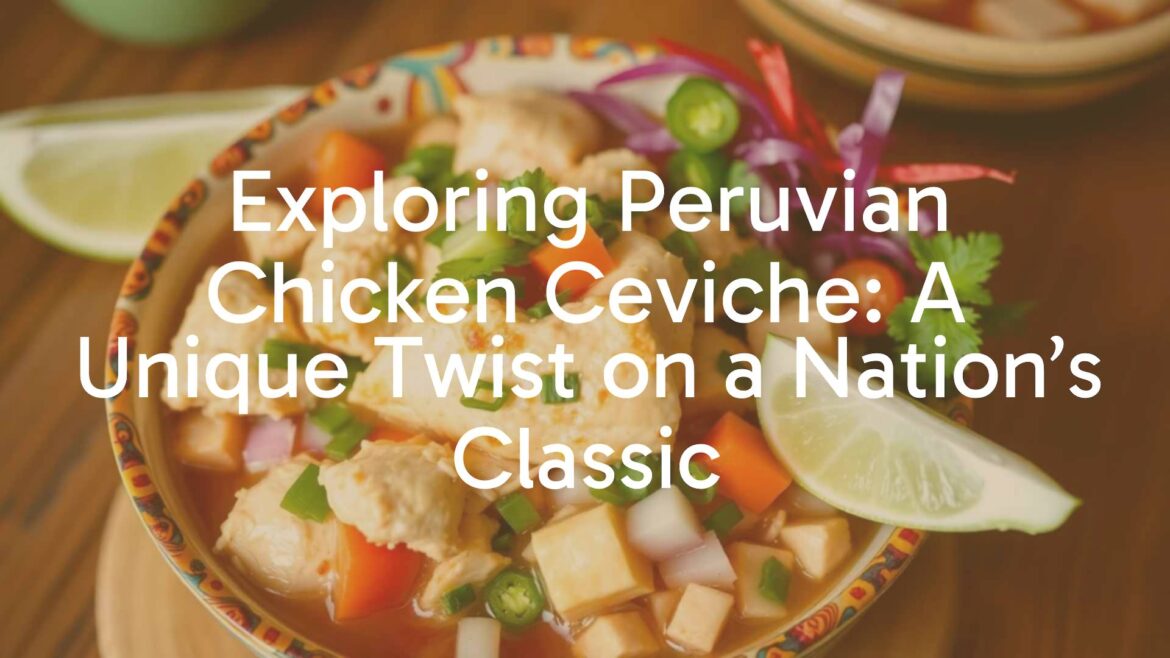Tuna Causa: A Refreshing Peruvian Classic
Causa is a standout in Peruvian cuisine, celebrated for its distinctive layers and vibrant flavors. While many variants exist, the tuna causa holds a unique appeal, combining creamy seasoned potatoes with fresh tuna for a harmonious and satisfying dish. Its artwork-like presentation and flavorful composition make it a beloved staple across Peru.
What Sets Tuna Causa Apart?
Tuna causa is characterized by its striking appearance: colorful layers of smooth yellow potato interspersed with a savory tuna filling. This dish is typically served cold, allowing the flavors to meld and offering a cooling, refreshing experience, especially apt for warmer climates. The creamy texture of the potatoes, contrasted with the tender, tangy tuna mixture, creates a balanced and indulgent bite.
Historical Roots and Evolution
The origins of causa trace back to Peru’s pre-Columbian history, with potatoes—one of Peru’s greatest agricultural treasures—forming the foundation. Originally flavored with native chili peppers and oil, causa evolved through the centuries, absorbing influences from Spanish and later Japanese culinary traditions. The use of tuna as a filling reflects Peru’s coastal abundance and the increasing availability of canned and fresh fish in the 20th century, allowing for more accessible and protein-rich variations.
Cultural Importance and Contemporary Appeal
Causa, in all its forms, is deeply woven into Peruvian gastronomic identity. Tuna causa, in particular, embodies the modern Peruvian kitchen’s penchant for innovation, incorporating global ingredients while retaining local traditions. It is a favorite at household gatherings, casual lunches, and embassy banquets alike, often enjoyed as an appetizer or light main course. The dish’s adaptability—easy to personalize with different fillings and garnishes—contributes to its enduring popularity.
Core Ingredients and Notable Flavors
At the heart of tuna causa is the Peruvian yellow potato, known for its softness and vibrant flavor. This base is typically mixed with lime juice, oil (often olive), salt, and ají amarillo, a mildly spicy yellow chili pepper that imparts a signature hue and subtle heat. The tuna filling is usually blended with mayonnaise, sometimes enriched with onions, celery, or avocado, lending a creamy, refreshing counterpoint to the starchy potato. Layers are artfully arranged, and the dish is often topped with garnishes like hard-boiled eggs, olives, and fresh herbs.
Preparation Method and Visual Appeal
Preparing tuna causa involves mashing cooked potatoes with seasonings to a silky consistency, then pressing them into layers with the tuna mixture. The result is a terrine-like slice, its cross-section revealing bright yellows and pale pinks, often adorned with contrasting garnishes. Served chilled, its inviting colors and elegant shape make tuna causa as appealing to the eye as to the palate.
Traditional Presentation
Tuna causa is commonly plated in individual portions or as a larger molded cake, perfect for sharing. It is typically accompanied by lettuce leaves, avocado slices, or a side of crisply dressed salad. Its cold temperature and fresh, lively flavors make it a delightful choice for summer meals and celebratory occasions.
Whether enjoyed in a bustling Lima eatery or prepared at home for family, tuna causa stands as a testament to the creativity and resourcefulness of Peruvian cuisine—uniting indigenous ingredients, coastal bounty, and culinary artistry in every bite.


